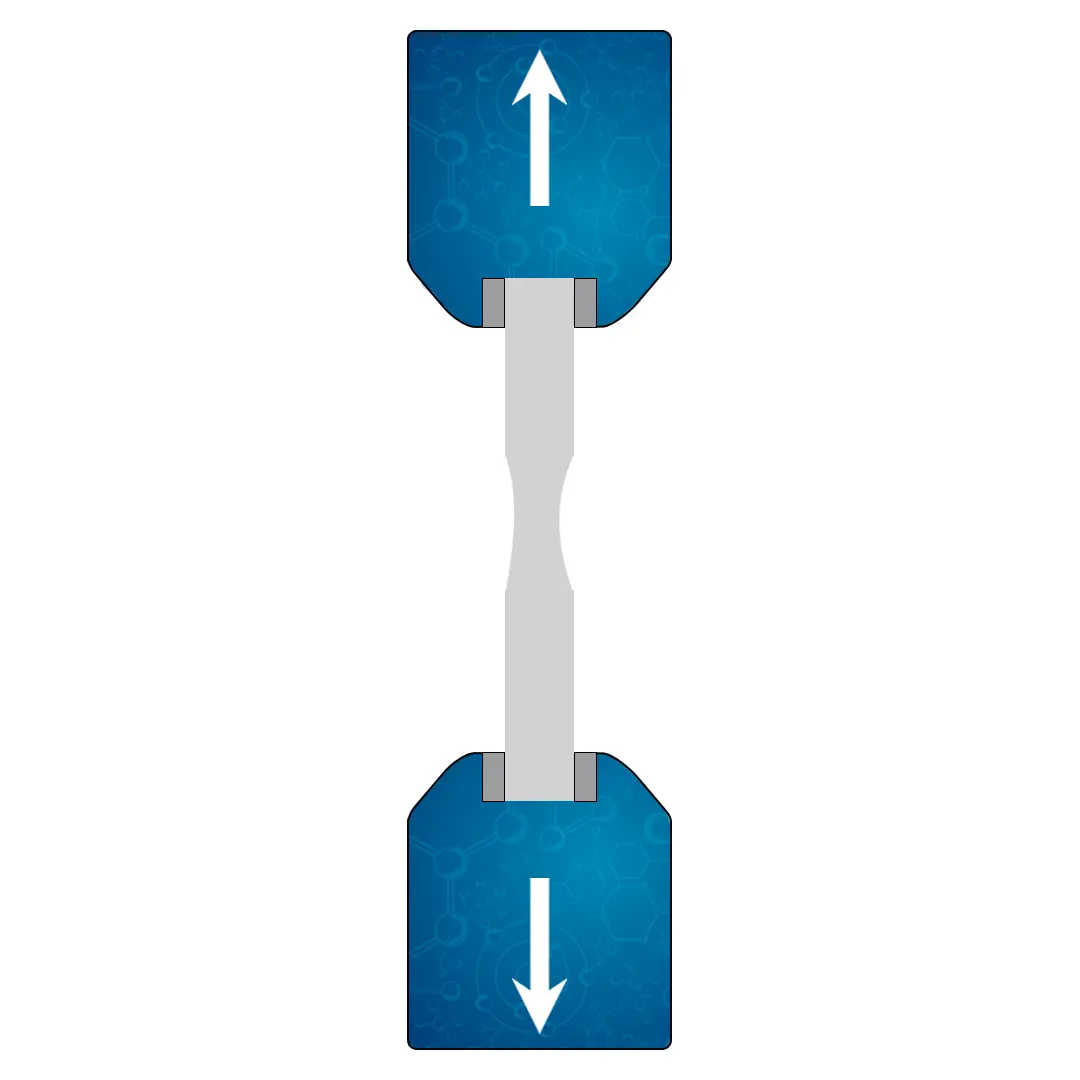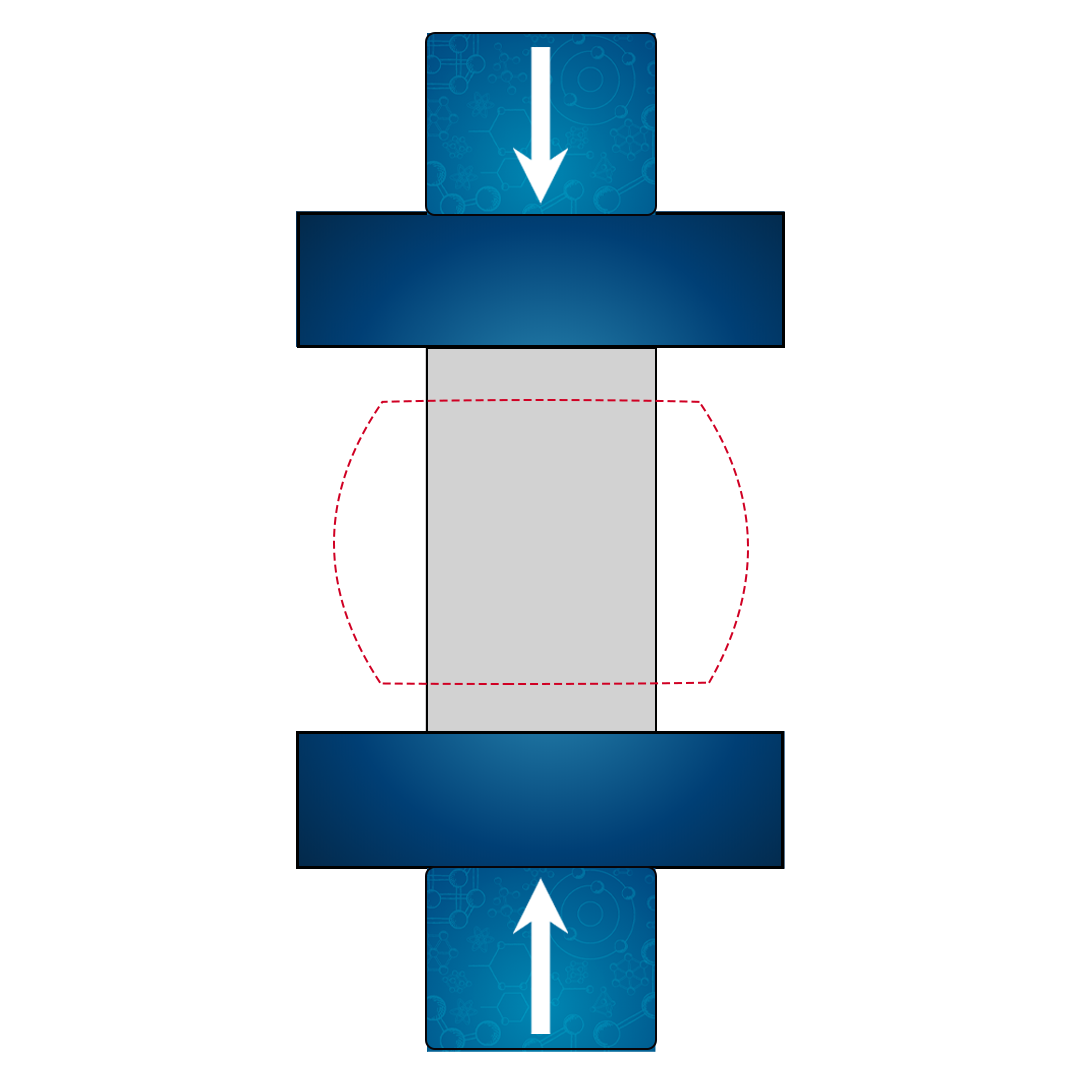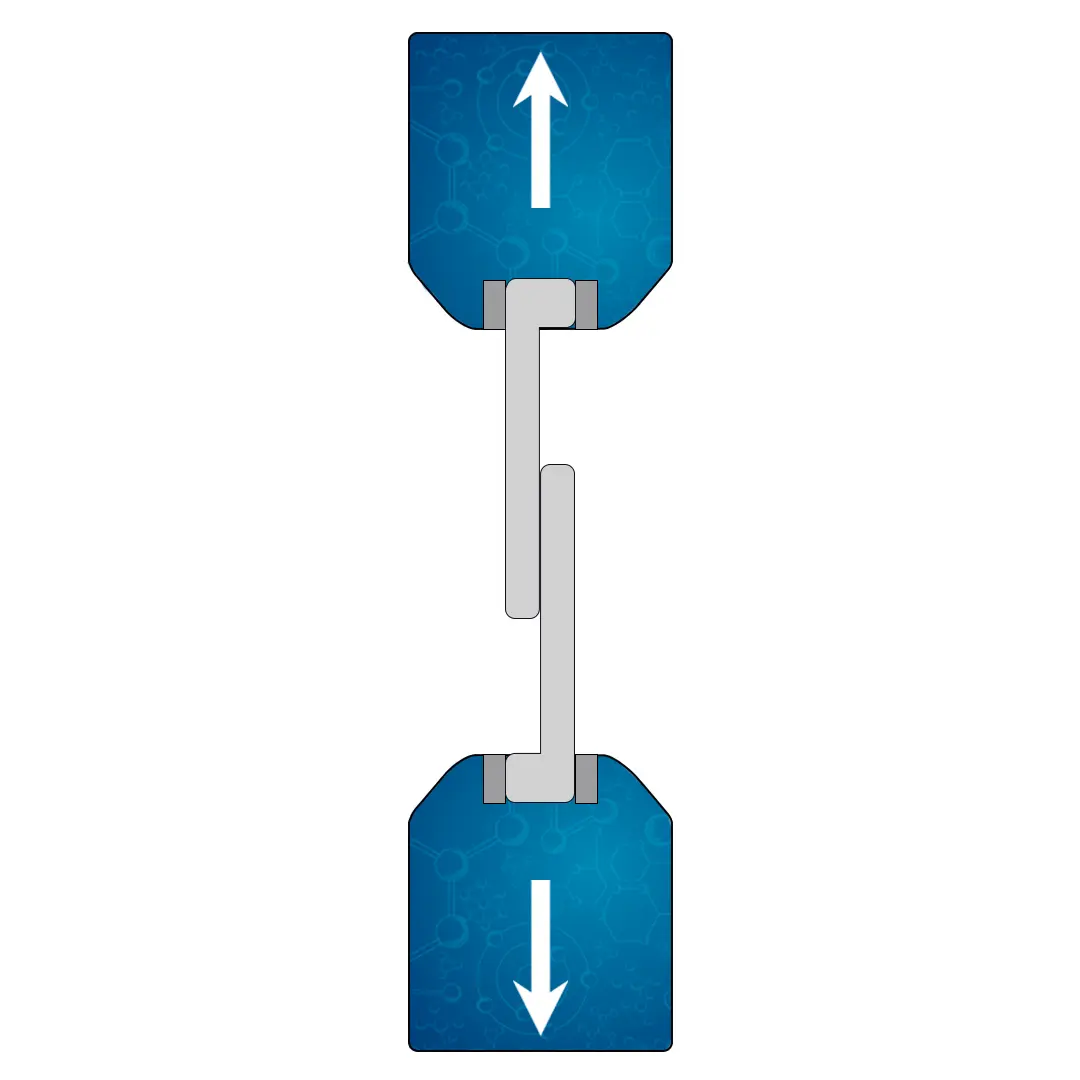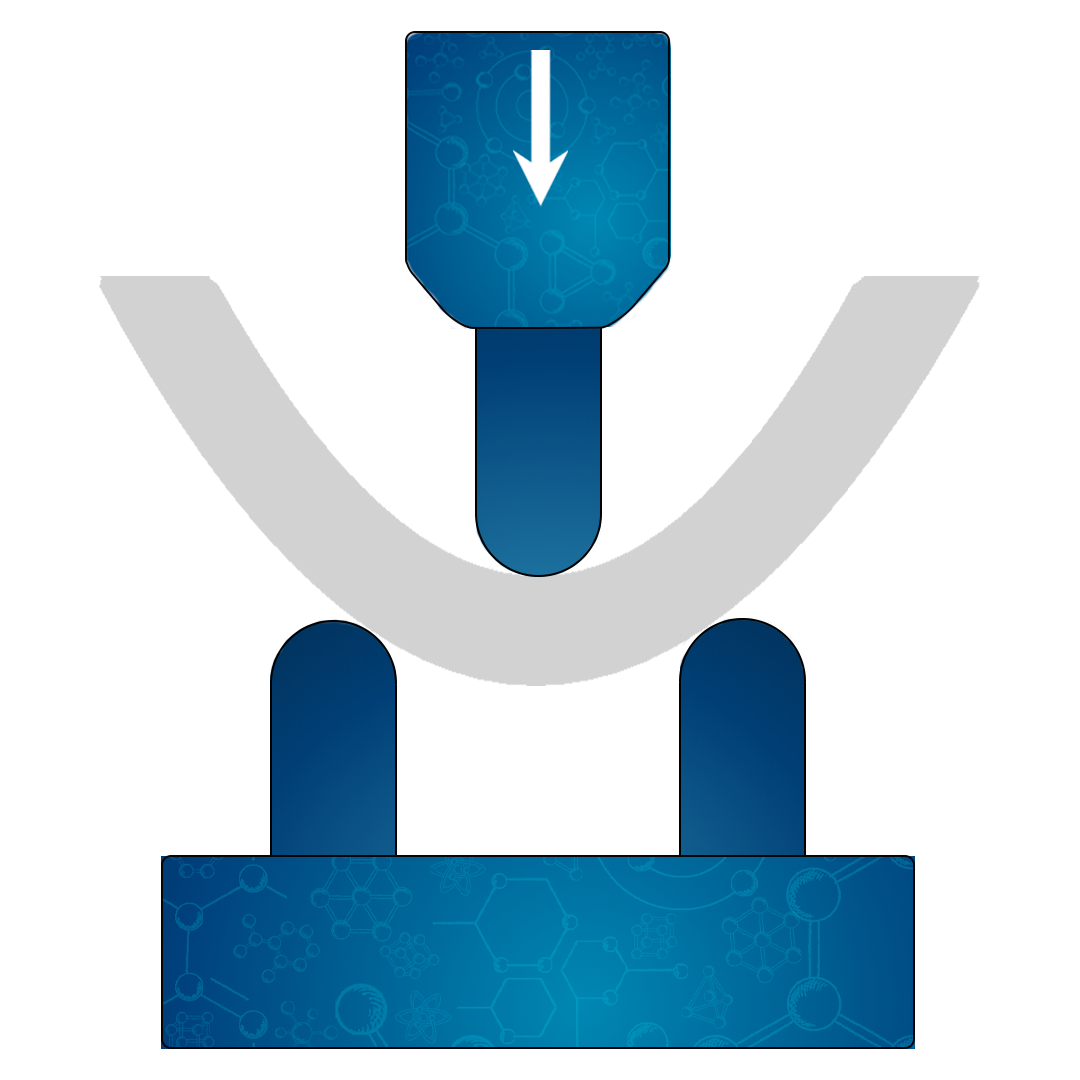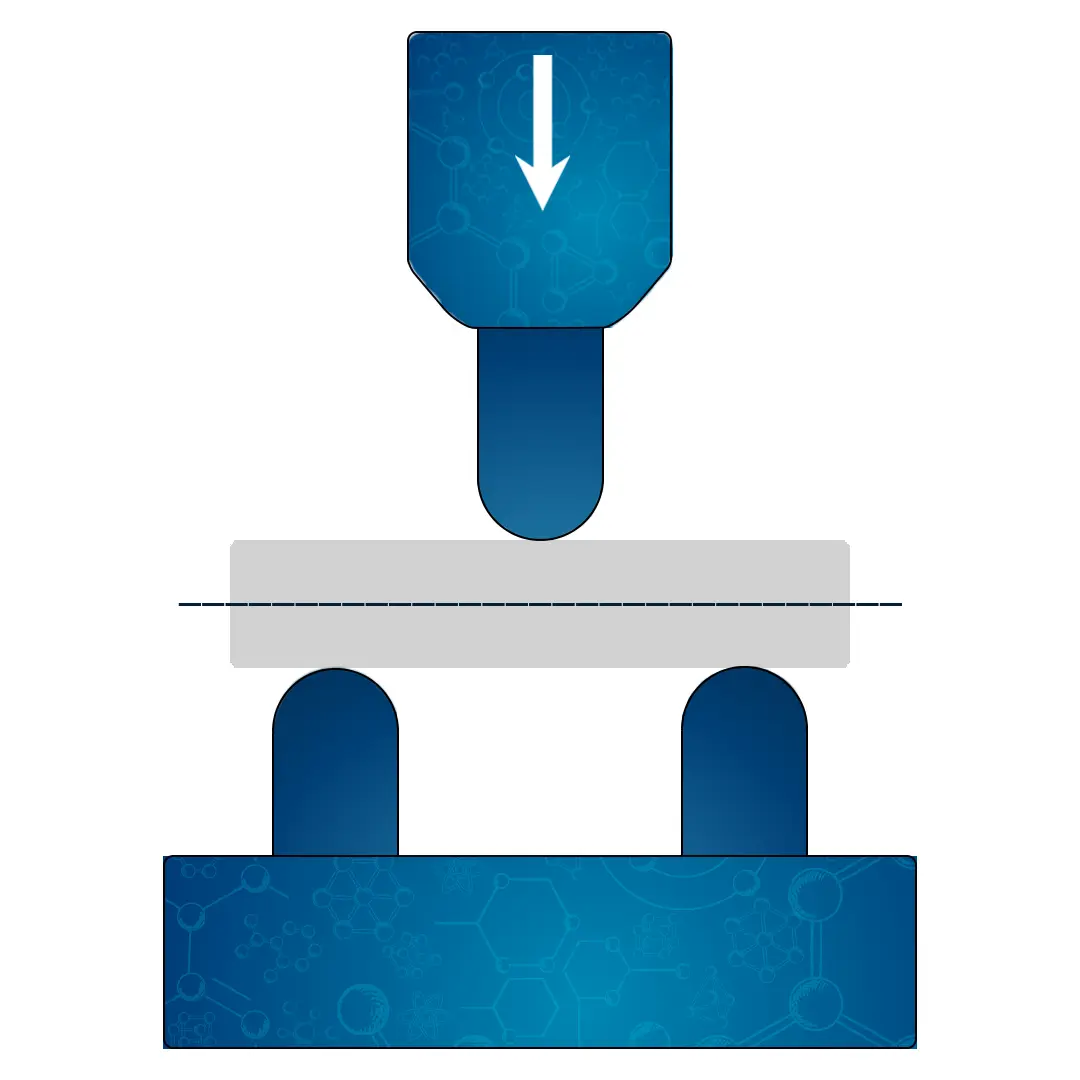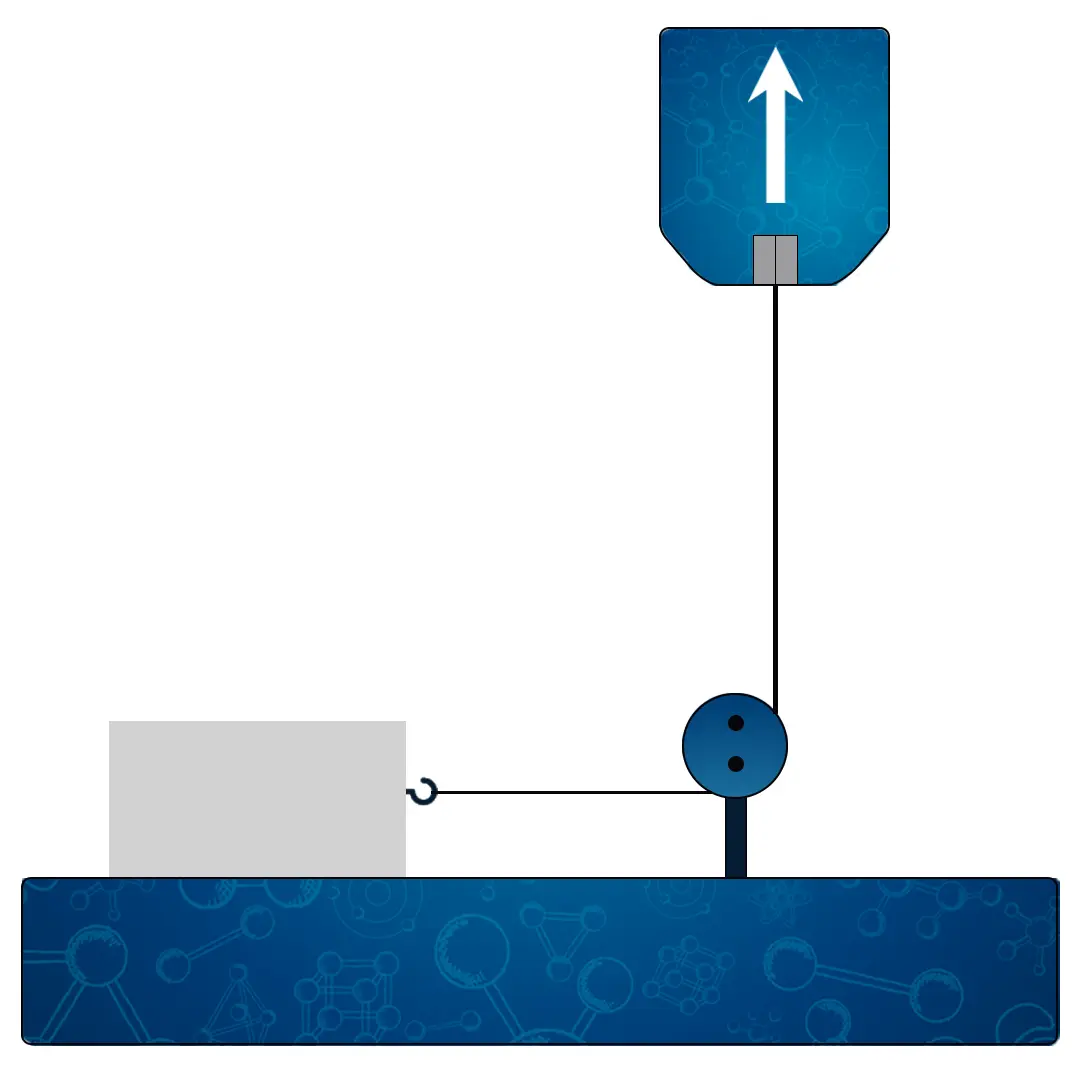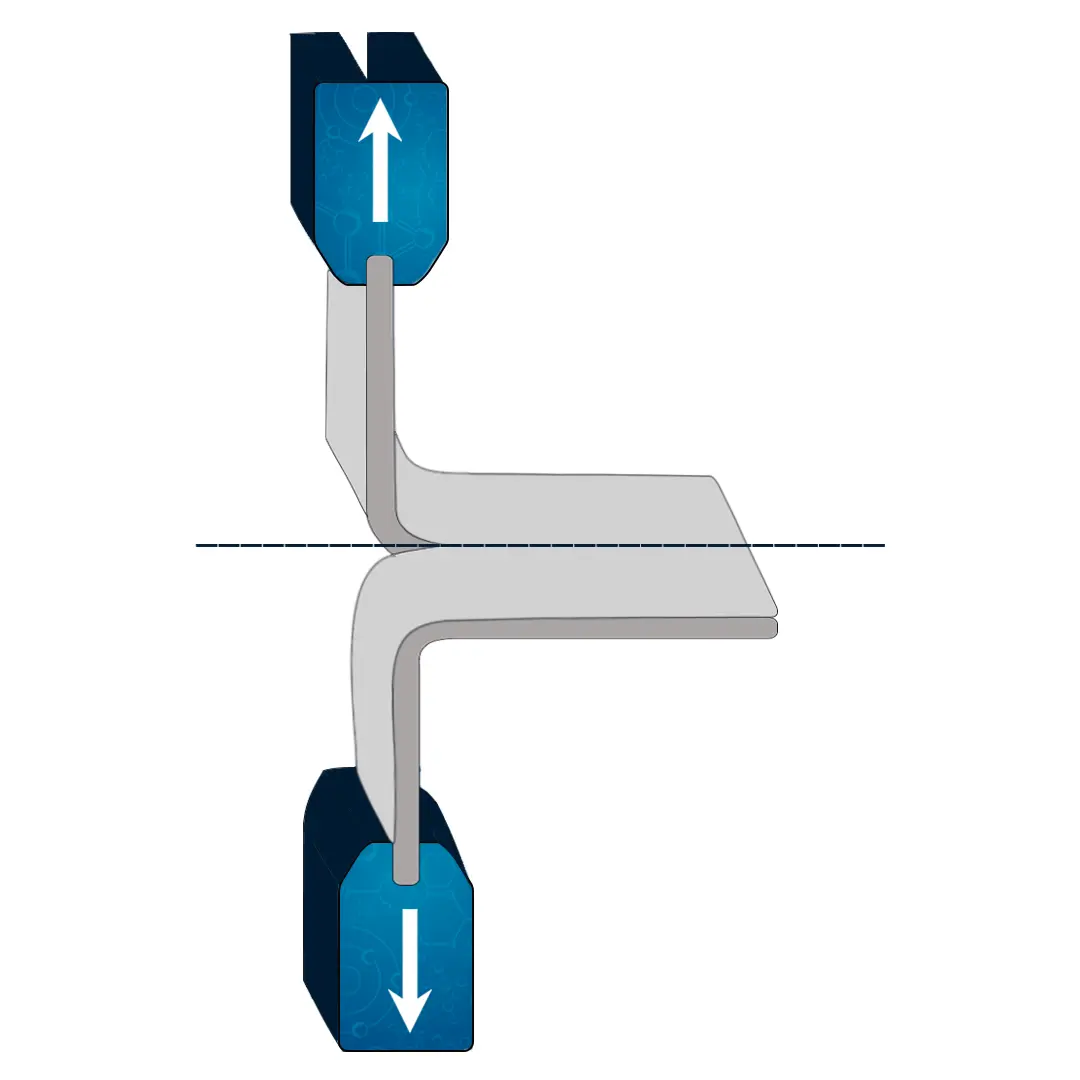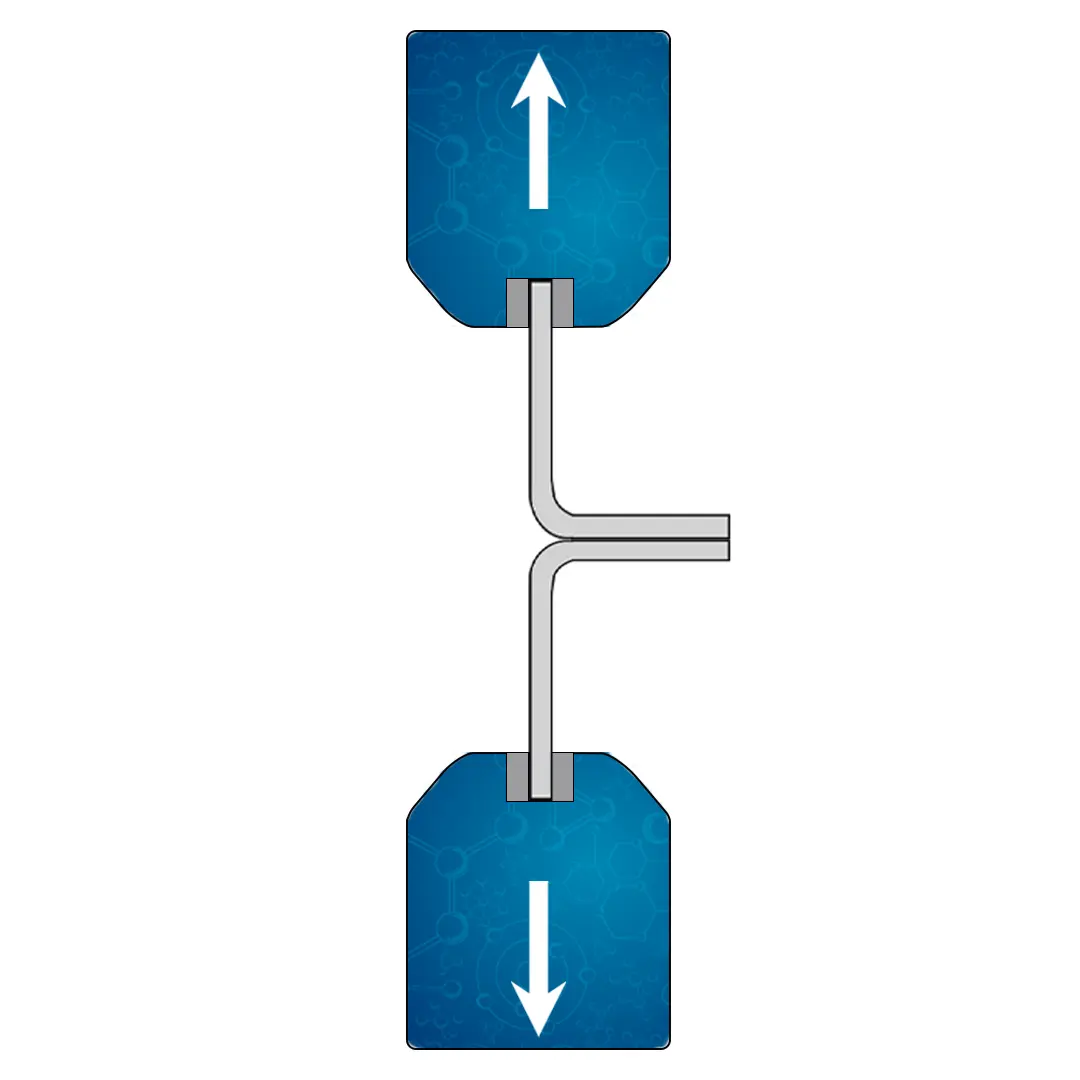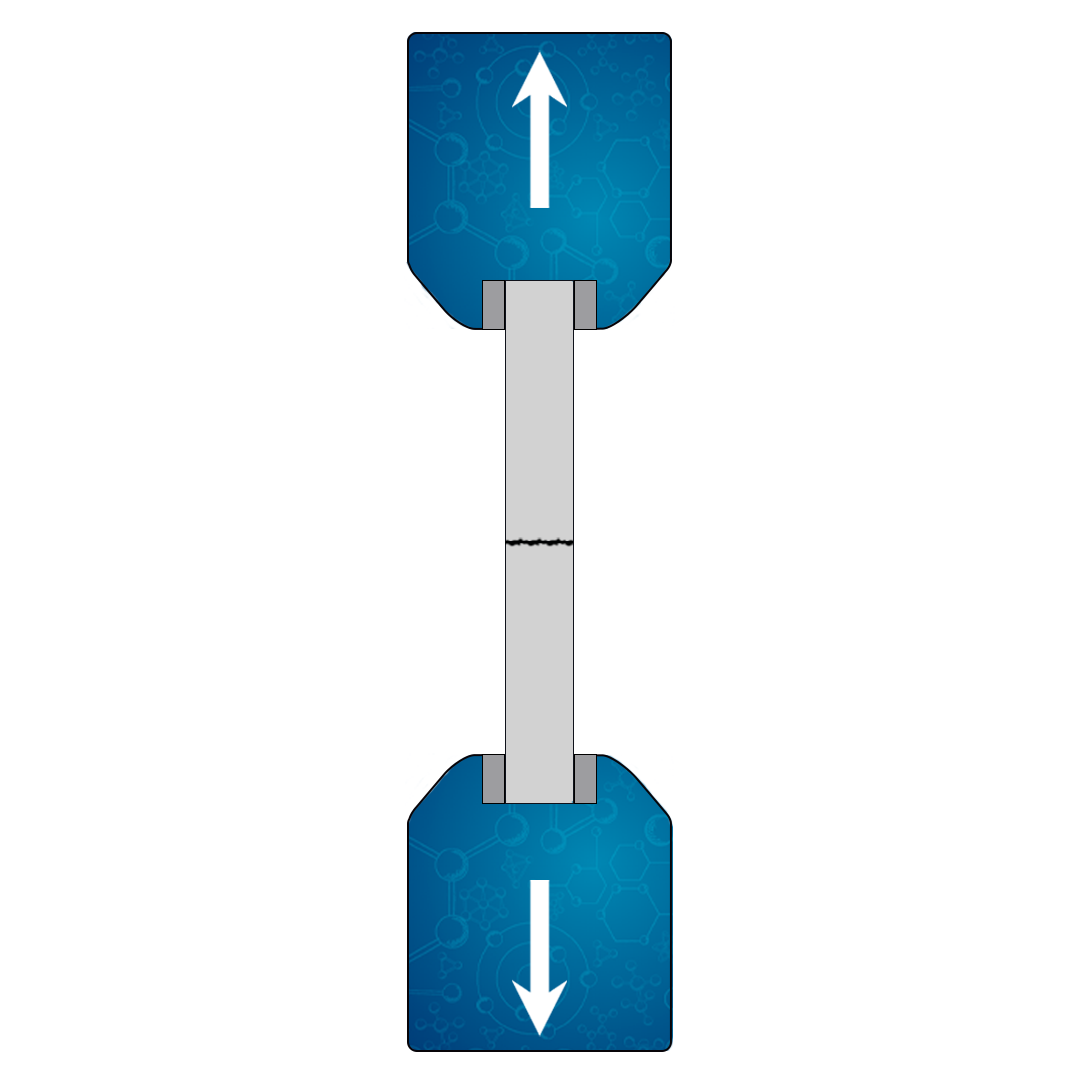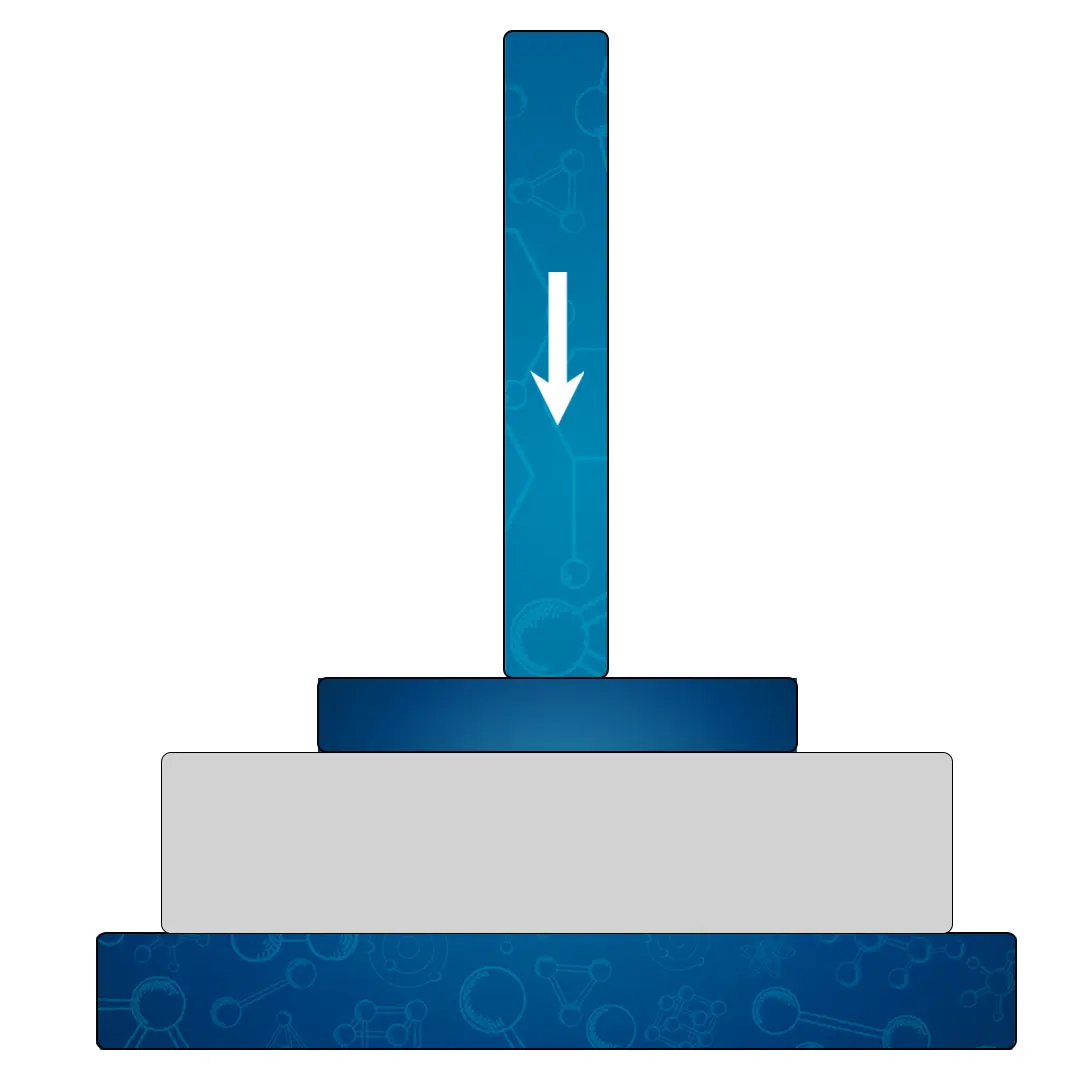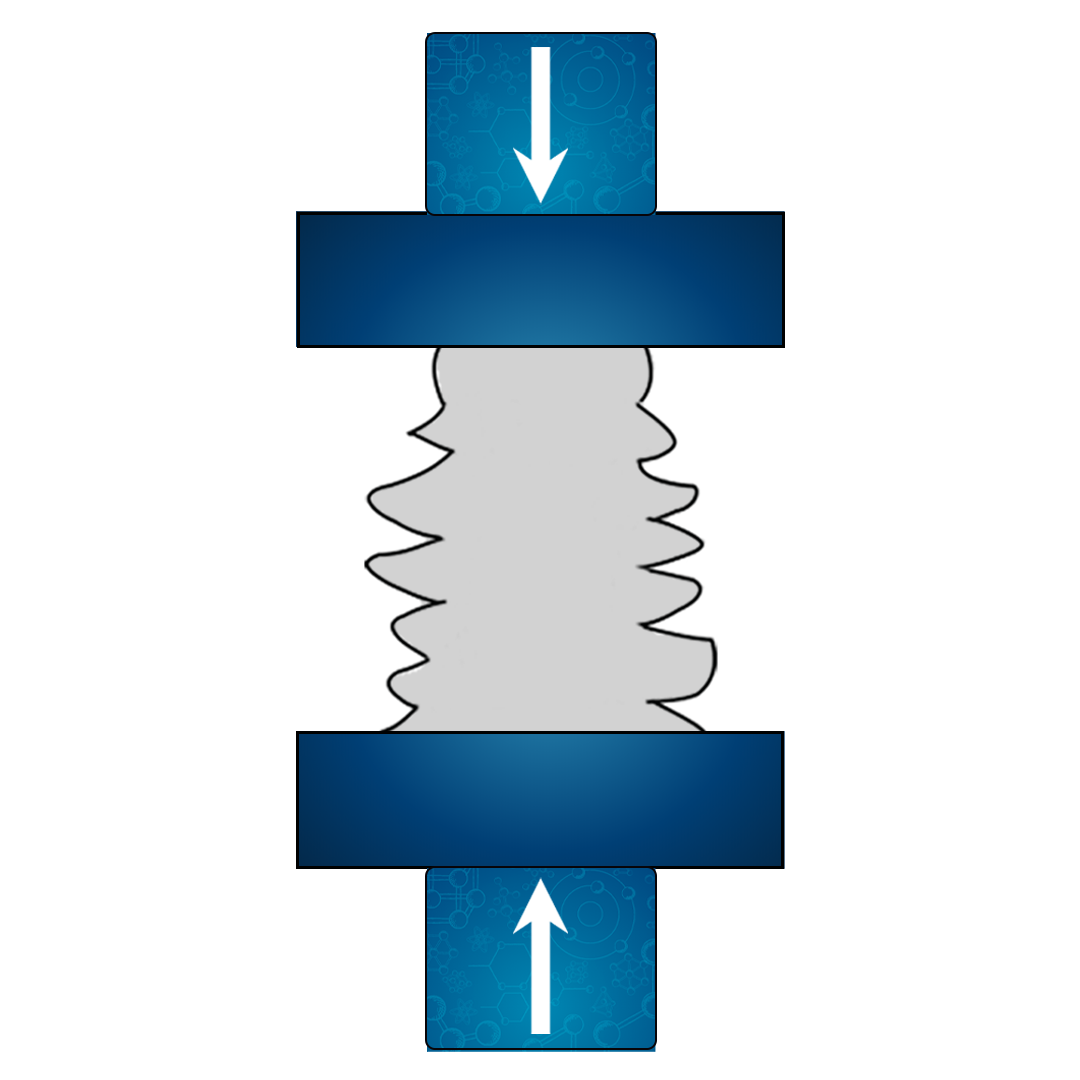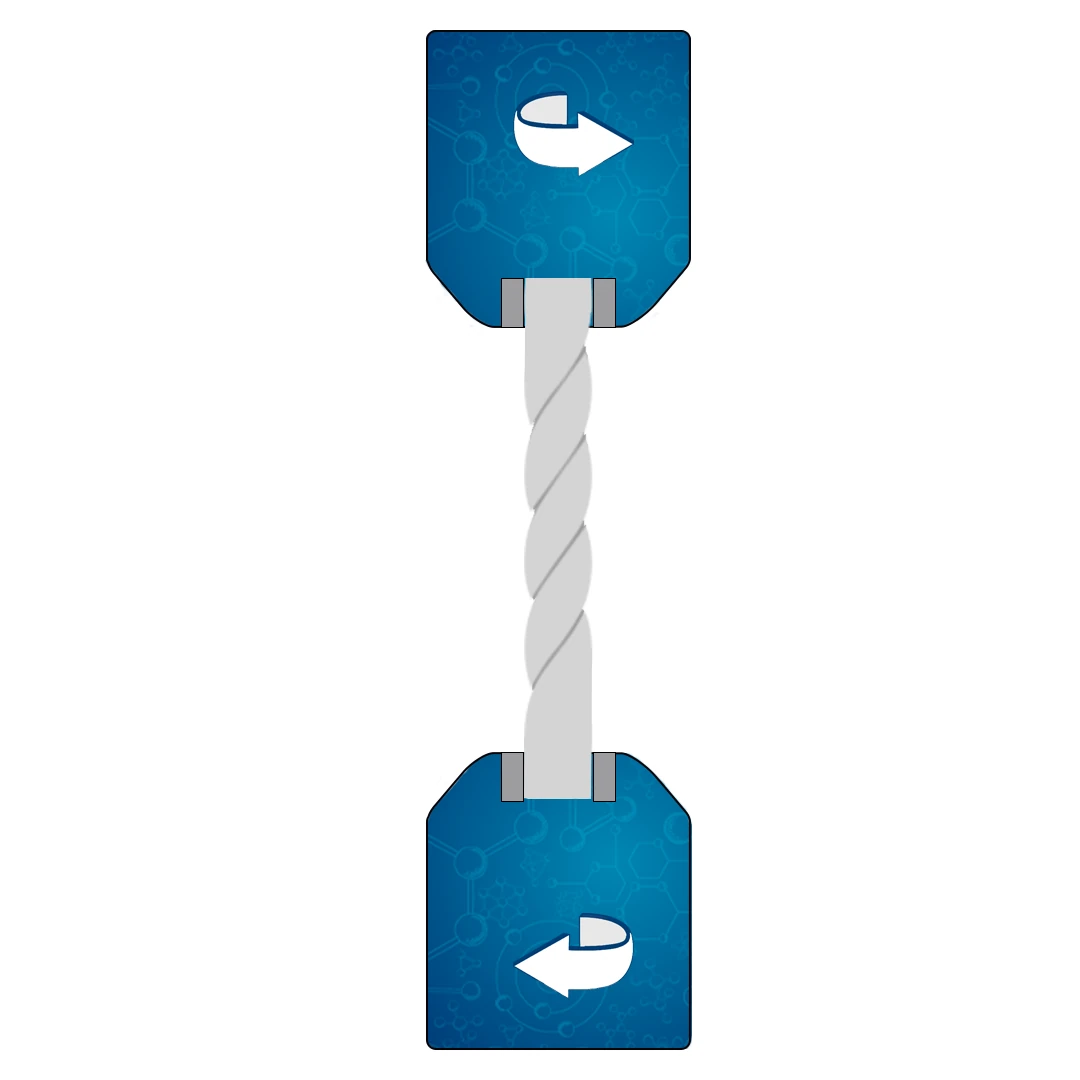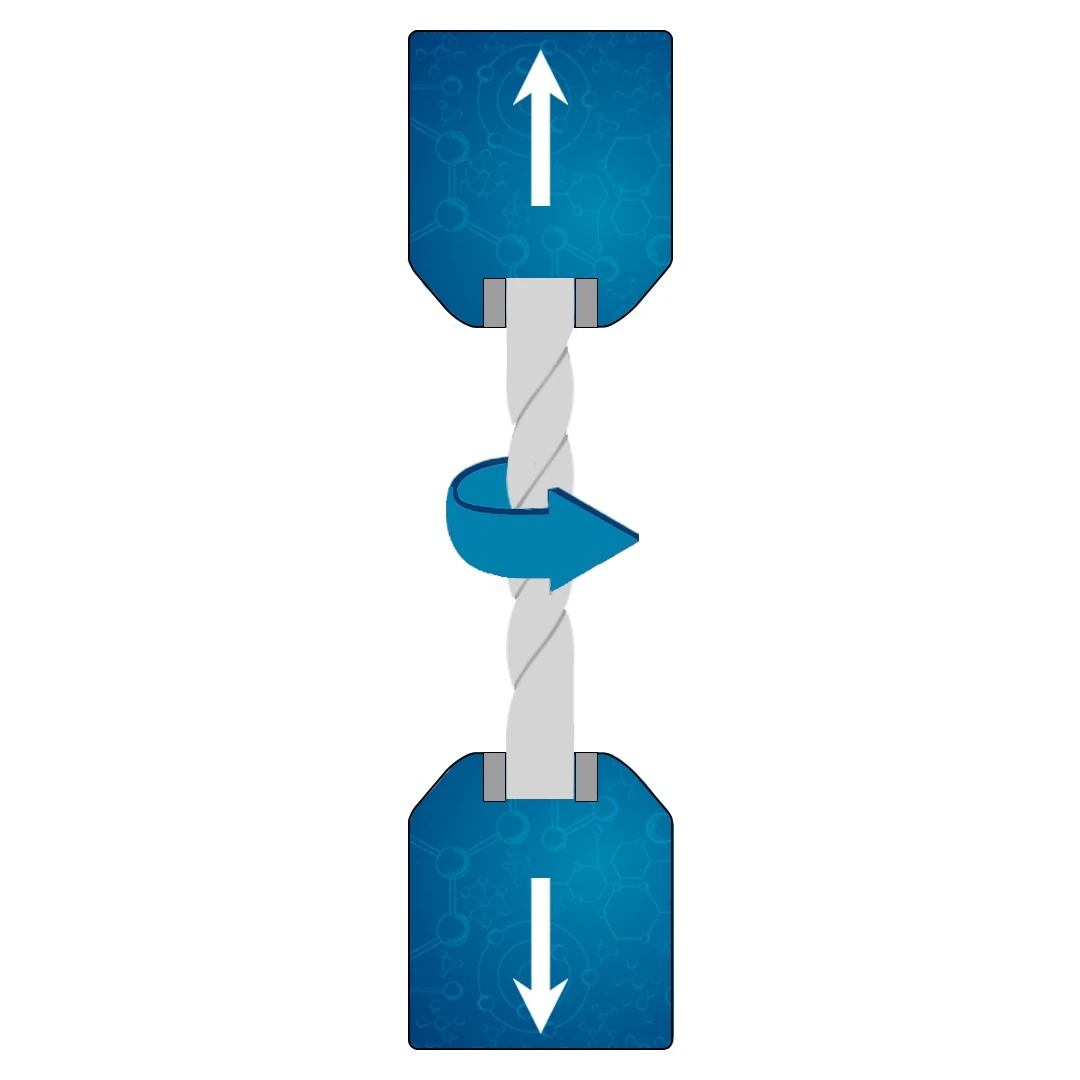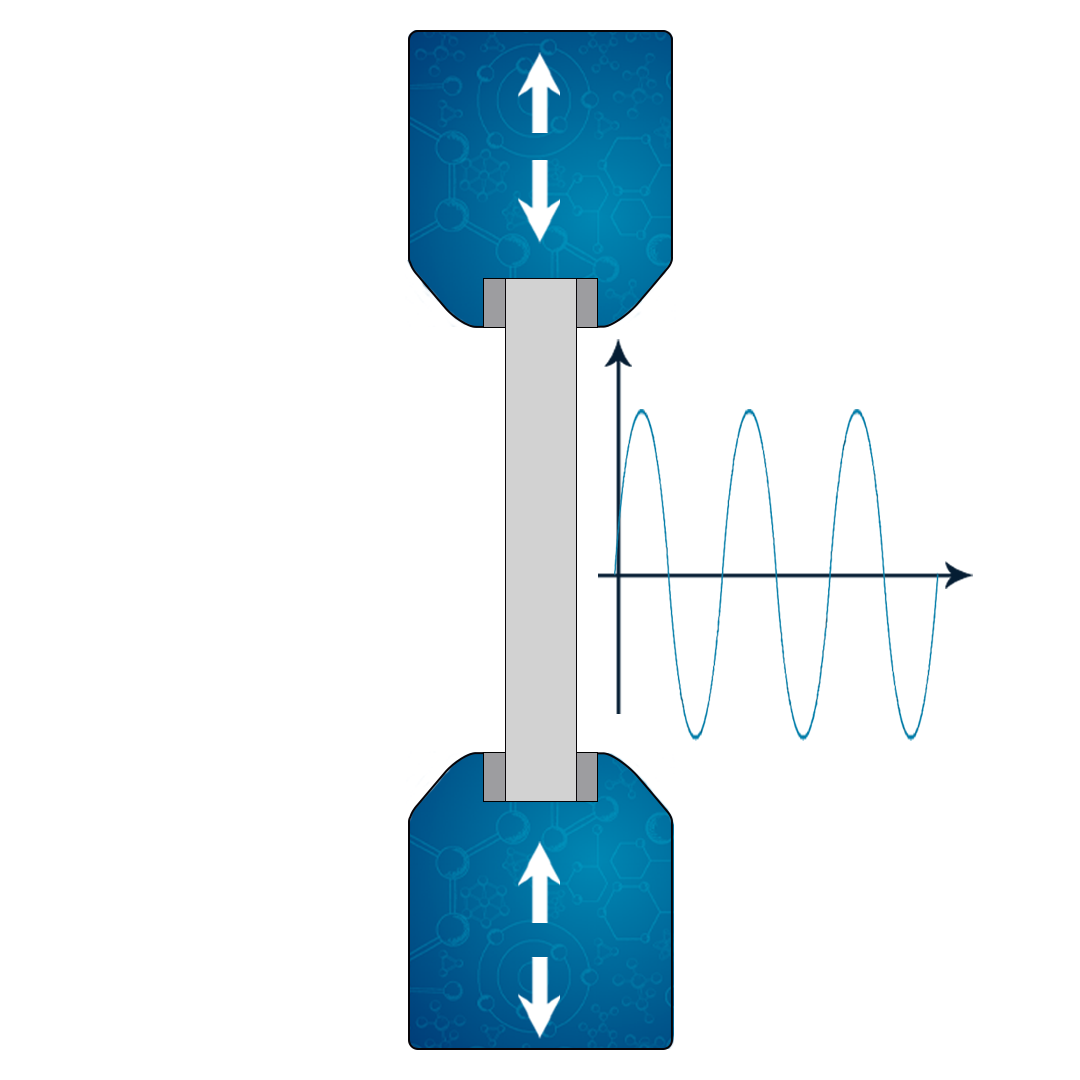Puncture Resistance Testing: A Detailed Approach to Methods and Applications
The study of puncture resistance is integral to the assessment and selection of materials, especially in industries like packaging, automotive, medical, and textile. This article explores puncture resistance, its testing methods, importance, applications, standards, and equipment. In the forthcoming sections, we will unravel the complexities of puncture resistance and its significant role in modern industry.
In the following text, you will find a summary of the topics that will be addressed in this article.
What is the Puncture Resistance?
Puncture resistance is a specific mechanical property that describes a material’s ability to withstand penetration by sharp or pointed objects. This characteristic is vital in many applications where materials are subjected to possible puncturing or piercing forces. Understanding puncture resistance is not only about determining the force required to penetrate a material but also involves studying how the material reacts to such a force, including factors like energy absorption, deformation, and failure mechanisms.
Detailed Understanding of Puncture Resistance
- Energy Absorption: Some materials can absorb energy upon puncturing, thereby reducing the impact.
- Deformation and Failure: This involves studying how the material deforms and the patterns of failure that may occur.
- Thickness and Density Considerations: The thickness and density of the material also play a crucial role in its puncture resistance.
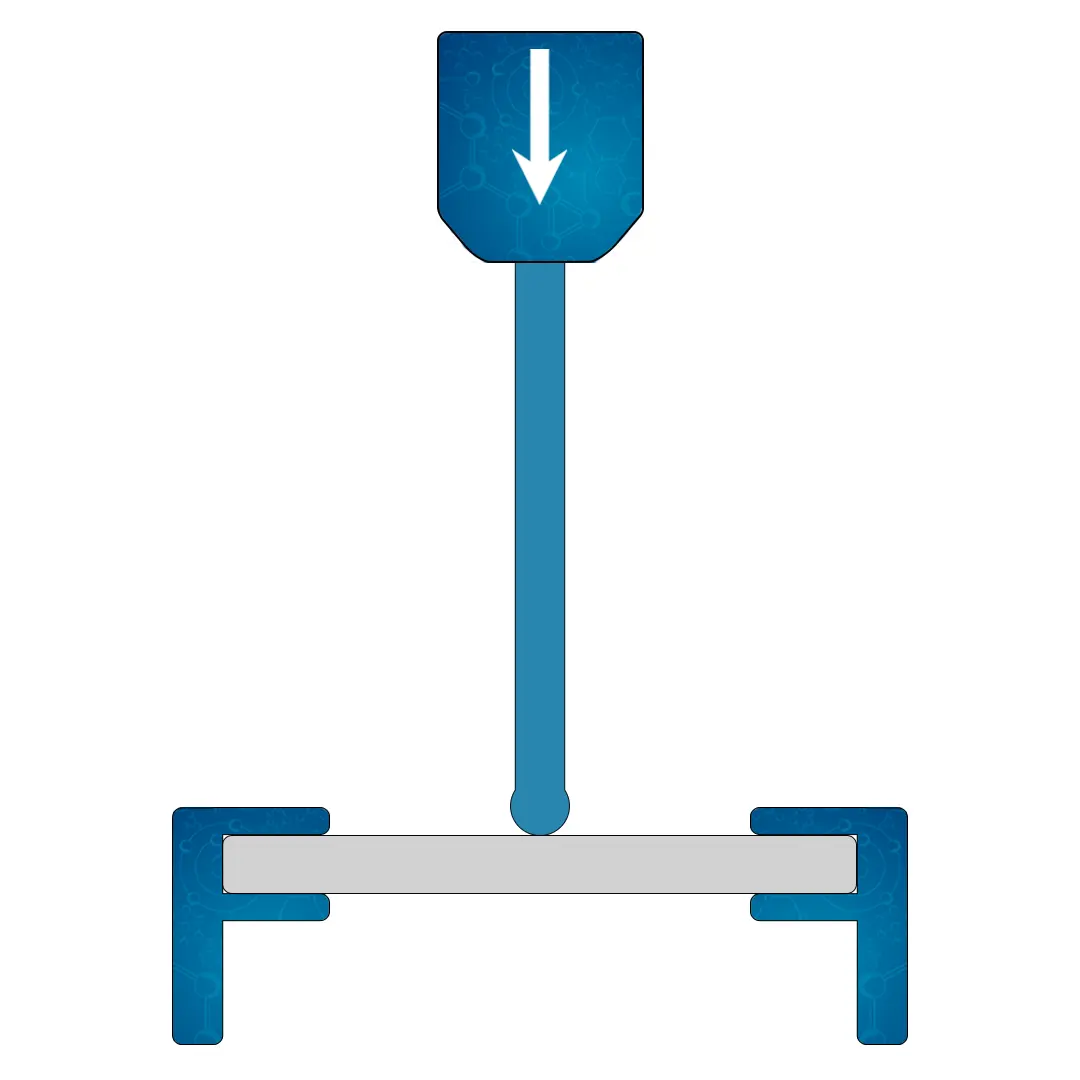
What is Puncture Resistance Testing?
Puncture Resistance Testing ou puncture testing is a process used to assess the ability of a material to withstand penetration or puncture by a sharp or pointed object. It provides vital information about the puncture strength, energy absorption, and failure characteristics of the material being tested. This testing method is utilized in various industries, such as packaging, automotive, medical, and textile, to ensure that materials meet specific quality, safety, and performance requirements.
The testing is typically conducted using specialized equipment called a puncture tester, which includes a penetrating probe, force measurement system, and control mechanism. Various international standards, including ISO and ASTM, guide the procedures, ensuring consistency and comparability of results.
Puncture Resistance Testing contributes to material selection, product development, regulatory compliance, and environmental considerations. It plays a crucial role in modern manufacturing and engineering, driving innovations and assuring the reliability of many products we use daily.
What is the Puncture Strength?
Puncture strength, a critical parameter in material science, is the force required to puncture a material. It’s measured in units like Newtons (N) and often utilized in various industries to ensure the quality and robustness of products.
Factors Affecting Puncture Strength
- Material Composition: The intrinsic properties of the material.
- Temperature: The behavior of some materials may change with temperature.
- Age of Material: Materials can become more susceptible to puncture over time.
What is the Puncture Tester?
The Puncture Tester is a specialized instrument used to determine the puncture resistance of various materials. This equipment is essential in evaluating how a material will behave when subjected to a force from a sharp or pointed object, allowing manufacturers and engineers to understand the material’s susceptibility to puncturing.
Types of Puncture Testers:
Different types of puncture testers are designed to cater to various industry needs and standards. Some common types include:
- Universal Testing Machines (UTM): These can be equipped with puncture testing fixtures and are used for various materials such as plastics, textiles, and foils.
- Dedicated Puncture Testing Machines: These are specifically designed for puncture testing and are commonly used in industries such as packaging.
- Portable Puncture Testers: For on-site testing and quality control.
The Puncture Tester is a vital piece of equipment in material testing, providing accurate and reliable information about the puncture resistance of materials. Whether used in research, quality control, product development, or regulatory compliance, this instrument plays a crucial role in ensuring that materials meet the demands of their intended applications. By understanding the material’s behavior under puncture conditions, engineers and manufacturers can make informed decisions, leading to safer, more durable, and more efficient products.
What is the Puncture Resistance Testing Formula?
The puncture resistance of a material can be calculated using the following formula:
This formula encapsulates the essential elements of puncture resistance, offering a quantifiable measure that can be used in various applications.
What is the Importance of Puncture Resistance Testing?
Understanding the puncture resistance of materials is essential for several key reasons:
- Quality Assurance: Ensures products meet quality and safety standards.
- Product Development: Assists in material selection during product design.
- Regulatory Compliance: Helps comply with industrial and international regulations.
- Environmental Considerations: Helps in assessing environmental impacts, as materials prone to puncture may lead to waste.
What are the Advantages of Using Puncture Resistance Testing?
Puncture resistance testing offers several unique advantages, including:
- Broad Applicability: Can be used across various materials and industries.
- Predictive Insights: Provides insights into how a product might perform in real-world scenarios.
- Resource Optimization: Aids in selecting materials that offer optimal performance, thus conserving resources.
What are the Types of Puncture Resistance Testing?
Puncture resistance testing can be categorized into several types, each serving specific purposes:
- Static Puncture Resistance Testing: Utilized when analyzing resistance under steady or gradually increasing force.
- Dynamic Puncture Resistance Testing: Essential for understanding resistance under changing forces or conditions.
- Hydraulic Puncture Testing: Uses hydraulic mechanisms to apply controlled force.
What are the Properties Obtained in Puncture Resistance Testing?
Understanding the properties obtained during puncture resistance testing is vital for interpreting the behavior of materials:
- Puncture Strength: As mentioned earlier, this is the force required to puncture.
- Puncture Energy: Quantifies the energy absorbed during the puncture process.
- Deformation Properties: Including elastic and plastic deformation, providing insights into material resilience.
- Failure Modes: Observing how the material fails can inform product design and safety considerations.
How to Calculate the Puncture Resistance Testing Test?
Calculating the puncture resistance involves a well-defined procedure:
- Tester Selection: Choosing the correct puncture tester that fits the specific needs of the test.
- Sample Configuration: Preparing the sample in accordance with the standards.
- Running the Test: Following the predetermined procedure to run the test.
- Analysis and Interpretation: Using the data collected and the formula mentioned earlier to calculate the puncture resistance.
Universal testing machine for Puncture testing
A Universal Testing Machine (UTM), also known as a universal tester, materials testing machine, or tensile testing machine, is a crucial piece of equipment in the field of material science and engineering. It’s versatile enough to perform various types of mechanical tests, including shear testing.
Below are the essential parts and components of a UTM for Puncture testing:
- Load Frame: The load frame is the primary structure of the UTM, typically composed of two strong vertical columns connected by a top and bottom crosshead. This rigid structure is designed to accommodate the high stress generated during testing.
- Crossheads: These are positioned at the top and bottom of the load frame. The upper crosshead is usually stationary, while the lower crosshead can be adjusted depending on the length of the specimen.
- Load Cell: This is a transducer that converts force into an electrical signal, allowing the UTM to measure the load applied to the specimen. Its accurate calibration is crucial for precise testing.
- Actuator: Typically driven by hydraulic, mechanical, or electromechanical means, the actuator applies the required load on the specimen. In some machines, the actuator’s position is adjustable to accommodate specimens of different sizes.
- Grips/ Fixtures: These hold the test specimen in place during testing. For Puncture testing, a specific Puncture testing fixture might be used. The grips/fixtures must be chosen carefully to ensure they don’t slip or induce additional stresses that could interfere with the test results.
- Extensometer: This device is used to measure the deformation or strain in the test specimen during the application of force.
- Control Unit: This component controls the speed and direction of the load, the parameters of the test, and other variables. In modern UTMs, the control unit is typically a computer running specialized software.
- Output Device: This could be a computer monitor or a printer that provides a visual representation of the test results, often in the form of a stress-strain graph or a detailed test report.
- Safety Guards: These are essential to protect operators from flying debris in case of a specimen fracture or fixture failure.
Each of these components plays a critical role in the functioning of a UTM. For accurate and reliable results, the UTM should be regularly calibrated and maintained according to the manufacturer’s guidelines and relevant industry standards.
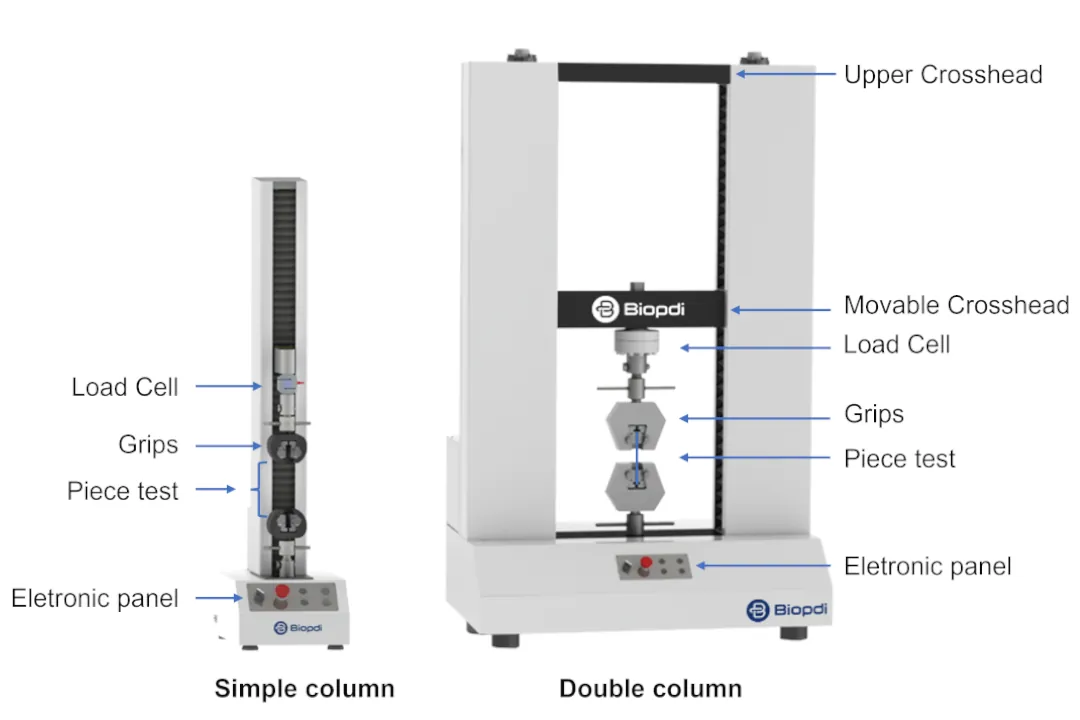
What are the Data Obtained in Puncture Resistance Testing Using the Universal Testing Machine?
Data obtained during puncture resistance testing can include:
- Puncture Force: The force at which puncture occurs.
- Displacement: The distance the probe travels.
- Time to Puncture: The time taken to achieve puncture.
- Energy Absorption: Quantifies how the material absorbs energy during puncturing.
- Load-Displacement Curve: A graphical representation of how the material behaves during the test.
This data is vital for a multitude of applications, from product design to failure analysis.
What are the Samples/Specimens Used to Perform Puncture Resistance Testing in the Universal Testing Machine?
The versatility of puncture resistance testing means it can be applied to various materials:
- Plastics and Polymers: Used in packaging, automotive parts, medical devices, etc.
- Textiles and Fabrics: Essential in apparel, military, and protective gear.
- Packaging Materials: Including cardboard, plastic wrap, metal foils, etc.
- Rubber and Elastomers: For tires, seals, gloves, and more.
- Composite Materials: Advanced materials used in aerospace, automotive, and other high-tech applications.
Considerations for Sample Selection
- Material Homogeneity: Ensuring the sample is representative of the material.
- Sample Size and Shape: Must be compliant with testing standards.
- Environmental Conditioning: Some materials require specific temperature or humidity conditions.
What are the Main Applications of Puncture Resistance Testing?
The applications of puncture resistance testing are broad and span various industries:
- Automotive Industry: Assessing materials used in tires, interiors, and body parts.
- Packaging Industry: Ensuring that materials can withstand handling, shipping, and storage.
- Medical Field: Evaluating the strength of medical gloves, packaging, and equipment.
- Textile Industry: Analyzing fabrics for clothing, protective wear, and military applications.
- Construction Industry: Testing materials used in building envelopes, roofing, and flooring.
- Aerospace Industry: Evaluating composite materials for aircraft components.
Future Applications and Technology Trends
Emerging technologies and material innovations may lead to new applications for puncture resistance testing. For example, the development of bio-based materials, nanocomposites, and smart fabrics may require unique testing protocols and considerations.
Additional Information About Puncture Resistance Testing
As a vital part of modern material science and engineering, puncture resistance testing continues to evolve. Advancements in technology have led to more accurate, efficient, and versatile testing methods. Automation, data analytics, and the integration of artificial intelligence are some trends that are shaping the future of puncture resistance testing.
Case Studies and Real-World Examples
Case studies and real-world examples can offer invaluable insights into the practical applications and impacts of puncture resistance testing. For instance:
- In the Automotive Sector: A leading manufacturer used puncture resistance testing to optimize tire materials, leading to improved fuel efficiency and safety.
- In the Medical Industry: A producer of medical gloves implemented puncture resistance testing to ensure compliance with stringent health and safety regulations.
Main Standards for Obtaining Puncture Resistance Testing
Puncture resistance testing is governed by various standards to ensure uniformity and accuracy across different laboratories and industries. These standards outline the methods, procedures, and specifications for conducting puncture resistance tests on different materials, including plastics, textiles, packaging, rubber, and more.
Here are the main standards, including five from ISO (International Organization for Standardization) and five from ASTM (American Society for Testing and Materials):
ISO Standards:
- ISO 6603-2: Specifies the method to determine the puncture impact behavior of rigid plastics, mainly used for quality control and material development.
- ISO 12236: Relates to the static puncture test method for geotextiles and geotextile-related products, aiding in the selection of materials for construction purposes.
- ISO 13433: Describes the determination of puncture resistance of geosynthetics by a manometric test method, commonly applied in civil engineering applications.
- ISO 7765-2: Pertains to the determination of puncture resistance of plastic film, flexible sheets, and other flexible materials.
- ISO 9184-2: Focused on the method for determining puncture resistance in paper and board materials.
ASTM Standards:
- ASTM D5748: A standard for evaluating the puncture resistance of plastic films, used in packaging applications.
- ASTM D4833: This method is utilized for testing the puncture resistance of geotextiles and assists in assessing suitability for construction and landfill projects.
- ASTM D880: Specifies the test conditions for evaluating puncture resistance in rubber, including tires and industrial components.
- ASTM D1709: Provides a standardized approach to testing the puncture resistance of plastic film, considering variables like thickness and processing techniques.
- ASTM D6241: Describes the method for evaluating puncture resistance in geosynthetics using a hydraulic load frame.
Conclusion
Puncture resistance testing is a multifaceted and indispensable aspect of material science and engineering. Through a systematic approach encompassing various testing methods, equipment, standards, and applications, it serves as a vital tool in ensuring quality, safety, compliance, and innovation across a multitude of industries.
The continuous advancements in technology and evolving standards reflect the dynamic nature of puncture resistance testing. By understanding and leveraging this essential testing process, engineers, researchers, manufacturers, and other stakeholders can make informed decisions that lead to superior products, enhanced safety, and sustainable development.
FAQs
What is a puncture resistance test?
A puncture resistance test measures a material’s ability to withstand penetration or puncture by a sharp or pointed object. It provides essential insights into the puncture strength, energy absorption, and failure characteristics of the material.
How do you perform a puncture resistance test?
Performing a puncture resistance test typically involves placing the material in a specialized puncture tester, which then applies a penetrating force via a sharp probe at a controlled speed. The tester measures the force needed to puncture the material and the way it behaves, following specific standards to ensure accuracy.
What is the ASTM standard for puncture resistance?
Several ASTM standards can apply, depending on the material. Examples include ASTM D5748 for plastic films, ASTM D4833 for geotextiles, ASTM D880 for rubber, and more.
What is a puncture test?
A puncture test is a specific type of test that assesses how a material responds to the force applied by a sharp or pointed object. It is used to evaluate the puncture resistance of the material.
What is the ASTM for puncture test?
The specific ASTM standard for a puncture test depends on the material and application. Examples include ASTM D1709 for plastic film and ASTM D6241 for geosynthetics.
What is puncture energy?
Puncture energy is the amount of energy absorbed by a material during a puncture test. It can indicate the material’s toughness and resilience to puncture forces.
What is the meaning of puncture resistance?
Puncture resistance refers to a material’s ability to withstand penetration or puncture by a sharp or pointed object. It is a critical quality in many applications where material integrity must be maintained.
What is the ASTM standard for puncture resistance?
Several ASTM standards relate to puncture resistance, including ASTM D5748, ASTM D4833, ASTM D880, among others.
What is the most puncture-resistant fabric?
The most puncture-resistant fabrics often include materials like Kevlar, Dyneema, or specialized composite materials designed for industrial or protective applications.
What is dynamic puncture resistance?
Dynamic puncture resistance refers to the ability of a material to resist puncture under dynamic or changing conditions. This can include varying forces, speeds, or environmental factors and offers a more comprehensive understanding of how the material will perform in real-world scenarios.
What is the puncture resistance of gloves?
The puncture resistance of gloves depends on the material and construction. Medical gloves, for example, must adhere to specific standards to ensure they can withstand punctures from needles and other sharp objects. The exact resistance can vary widely based on the glove’s design, material, thickness, and intended use.
See more relevant posts
TENSILE TEST
Tensile testing is a crucial mechanical test used to evaluate the strength and ductility of materials. It involves applying a controlled force. See more
COMPRESSION TEST
Compression testing is a fundamental evaluation method employed to assess a material's ability to withstand compressive forces. See more
SHEAR TEST
Shear testing examines a material's response to forces acting parallel to its surface. By applying a force that causes one part of the material. See more
BEND TEST
Bend testing is a mechanical test that determines a material's flexibility and resistance to fracture under bending forces. See more
FLEXURAL TEST
Flexural testing, also known as the three-point bend test, is employed to measure a material's resistance to bending or flexural stress. See more
FRICTION TEST
Coefficient of friction test measures the amount of resistance between two surfaces in contact when one moves relative to the other. See more
TEAR TEST
Tear test determines a material's resistance to tearing forces, often encountered in applications involving thin films, fabrics. See more
PEEL TEST
Peel testing evaluates the strength of adhesion between two materials, typically an adhesive and a substrate. The test involves separating. See more
BOND TEST
Bond test measures the strength of a bond between two materials. It's used in adhesive and weld test. It helps in determining the reliability of joints and interfaces. See more
INDENTATION TEST
Indentation Force Deflection (IFD) is used to characterize the cushioning or compressive properties of a material, especially foams and soft polymers. See more
FRACTURE TEST
Fracture toughness is a material's ability to resist crack propagation. This property is vital for assessing a material's suitability for applications where structural. See more
PUNCTURE TEST
Puncture test examines a material's ability to withstand penetration by sharp objects or forces. This test to evaluate puncture strength and design materials. See more
CRUSH TEST
Crush resistance test measures a material's ability to resist deformation, particularly in terms of compressive force. See more
TORSION TEST
Torsion testing is a critical method in materials engineering, examining how products and materials behave under twisting forces. See more
AXIAL TORSION TEST
Axial torsion test examines a material's behavior when subjected to simultaneous axial and torsional loads. This test to study shear stress. See more
FATIGUE TEST
Fatigue Testing is the evaluation of a material's endurance and failure under repeated stress and cyclic loading conditions. See more.

Author: Mardoqueu M. Costa (Entrepreneur, researcher and writer). I have been working for several years in materials science and engineering and biomedical engineering with emphasis on Entrepreneurship. My focus is on the development of equipment, software, mechanical tests, and the evaluation and creation of new businesses. As a researcher and writer, I have contributed to scientific publications and patents, also working as a technical-scientific consultant for several companies. This integrated approach reflects my commitment to innovation and impact in the technology industry.
Contact us
Phones:
+1 (781) 328 - 2010
sales@biopdi.com
Address:
2 Burlington Woods Dr, Burlington, Massachusetts, United States


